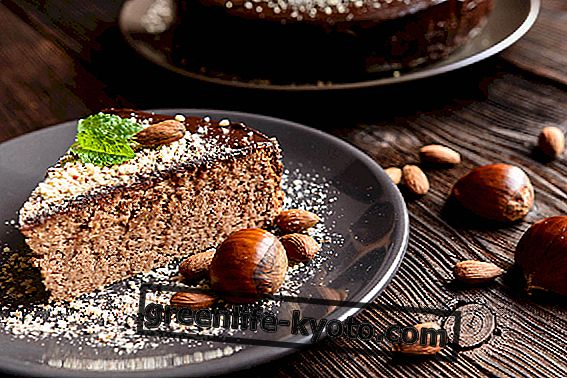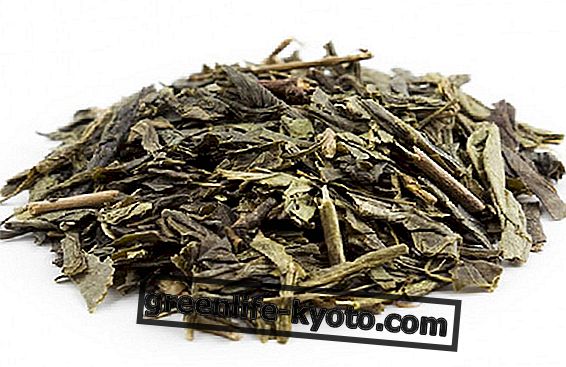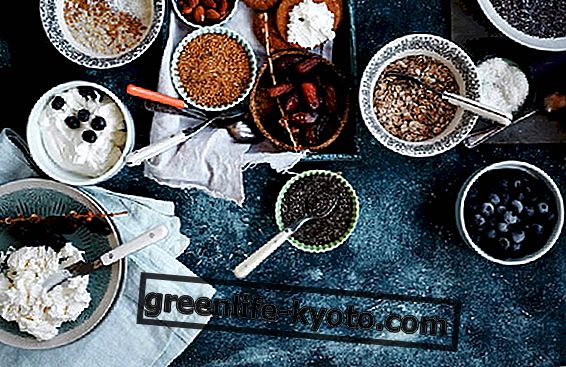
The numbers of chocolate
According to the latest US research carried out at the University of Loma Linda in California, when it comes to chocolate, numbers matter and the percentages make the difference: 70% cocoa and 30% of whole and organic cane sugar are the requirements fundamental to be able to affirm that dark chocolate does well, obviously in small quantities.
Make no mistake then, chocolate does not make you lose weight and consume a bar of chocolate a day, ripping of chocolates, cremini or bars with other sugars and fats added to it, is not the same thing at all. Let's see why.
Chocolate benefits
The latest studies published last April show that regular and minimal consumption of dark chocolate:
> reduces stress and inflammation;
> increases memory;
> strengthens the immune system;
> improves mood.
All this derives from the fact that cocoa is, as we know, an important source of flavonoids, but in fact it is the first time that the effects that these have on human subjects have been seen and studied, in particular with regard to their beneficial effect for the cognitive, endocrine and cardiovascular systems .
As underlined by researcher Lee S.Berk, studies have shown that the higher the cocoa concentrations, the greater the impact on the cognitive system, memory, mood and immune system, in particular on the response of T lymphocytes .
Like summer chocolate
Directly from the Eurochocolate website, here are the tips of the experts to consume dark chocolate also in the summer season:
> try to keep the chocolate in a cool and not humid place, in any case below 20 ° C;
> can be kept in the refrigerator, but tightly closed and covered, so as to prevent it from absorbing odors;
> if you want chocolate you can also keep it in the freezer, but before bringing it to room temperature it must pass through the refrigerator, so as to have a gradual passage;
> the melted dark chocolate of summer goes well with fruit, a nice and fun way to eat it, both for romantic dinners and to make children happy.













